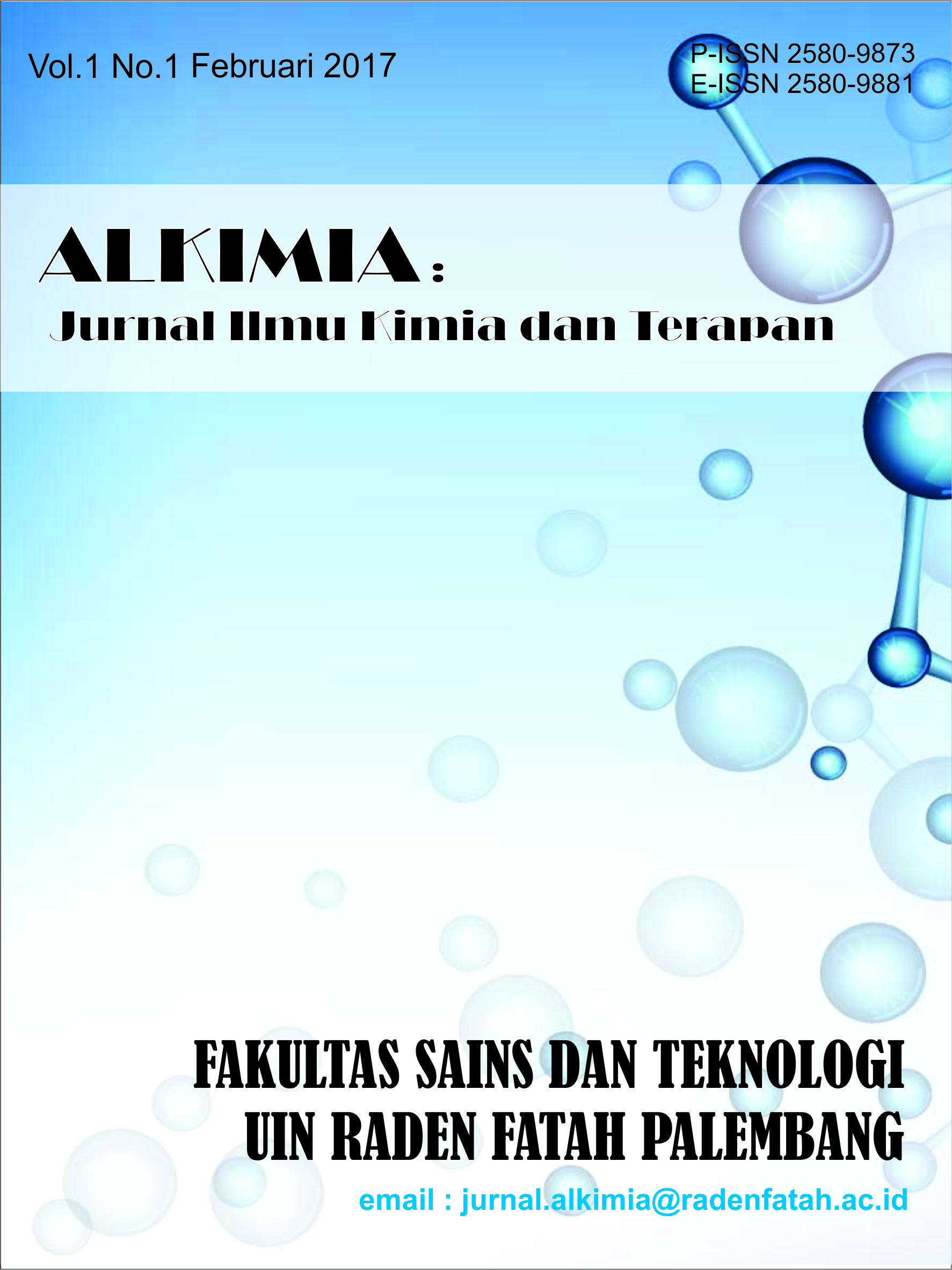Synthesis of Hydroxyapatite (HAp) from Green Mussel Shell As Bone Graft Material: A Review
DOI:
https://doi.org/10.19109/alkimia.v7i2.28627Keywords:
Bone Graft, Green Mussel Shell, Hidroxyapatite, Synthesis MethodeAbstract
Natural bone grafts that are widely used today such as autograft, allograft, and xenograft, have limitations in availability, compatibility, and risk of disease transfer. The use of synthetic bone grafts was developed as an alternative, one of which is hydroxyapatite. Hydroxyapatite (HAp) is the most commonly used calcium phosphate bioceramic in biomedical applications as it has a chemical composition similar to human bone and teeth. Hydroxyapatite can be synthesized using chemical precursors containing calcium such as Ca(NO3)2 and phosphate such as (NH4)2HPO4 and Na2HPO4. In addition to using chemicals, HAp can also be synthesized from natural sources, such as mussel shells, eggshells, fish bones, and coral that are rich in calcium content. Methods that can be used in HAp synthesis include dry, wet, thermal, or a combination of these methods. Each different synthesis method can produce different morphology, size, and crystallinity phase. This study summarizes several HAp synthesis methods, which include wet, high temperature, and sonochemical methods, aiming to determine the best method in the synthesis of hydroxyapatite (HAp) as bone graft material from green mussel shell waste. The analysis showed that HAp synthesized by microwave irradiation method is the most suitable for use as synthetic bone graft material. This method produces HAp with high crystallinity and has a Ca/P ratio of 1.68 which is closest to the stoichiometric ratio of HAp which is 1.67.
Downloads
Published
Issue
Section
License
Copyright (c) 2025 Tsabita Arinal Haq, Kuini Aisyah, Farhan Fikri Safii

This work is licensed under a Creative Commons Attribution-ShareAlike 4.0 International License.
- The author saves the copyright and gives the journal simultaneously with the license under Creative Commons Attribution License which permits other people to share the work by stating that it is firstly published in this journal.
- The author can post their work in an institutional repository or publish it in a book by by stating that it is firstly published in this journal.
- The author is allowed to post their work online (for instance, in an institutional repository or their own website) before and during the process of delivery. (see Open Access Effect).







.png)




